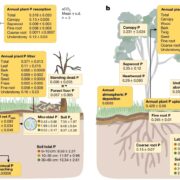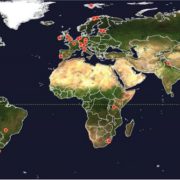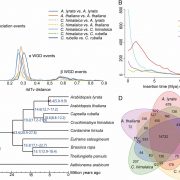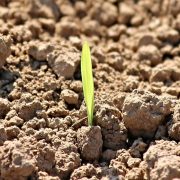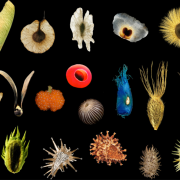Unintended consequences of planting native and non- native trees in treeless ecosystems to mitigate climate change
 Afforestation initiatives are globally underway to replace naturally treeless ecosystems with native and non-native trees. The primary objective is to enhance atmospheric carbon capture as a means to combat climate change. This review seeks to illuminate the diverse impacts of afforestation, both positive and negative, while also proposing mitigation strategies. Notably, the replacement of grasslands and shrublands during afforestation can adversely affect biodiversity. Negative consequences may include water yield reduction, soil salinization, soil carbon depletion, heightened wildfire risk, and increased soil temperatures. Additionally, the proliferation of woody plants presents a health hazard by facilitating the spread of vector-borne diseases. Given the complexity of afforestation efforts, it is crucial to consider various factors such as tree species selection, location suitability, and the duration of tree growth. Special care is warranted when introducing non-native trees to prevent them from replacing native species. Furthermore, prioritizing conservation and restoration initiatives over afforestation may offer greater potential for carbon sequestration. (Summary by Villő Bernád @BernadVillo) J. Ecol. 10.1111/1365-2745.14300
Afforestation initiatives are globally underway to replace naturally treeless ecosystems with native and non-native trees. The primary objective is to enhance atmospheric carbon capture as a means to combat climate change. This review seeks to illuminate the diverse impacts of afforestation, both positive and negative, while also proposing mitigation strategies. Notably, the replacement of grasslands and shrublands during afforestation can adversely affect biodiversity. Negative consequences may include water yield reduction, soil salinization, soil carbon depletion, heightened wildfire risk, and increased soil temperatures. Additionally, the proliferation of woody plants presents a health hazard by facilitating the spread of vector-borne diseases. Given the complexity of afforestation efforts, it is crucial to consider various factors such as tree species selection, location suitability, and the duration of tree growth. Special care is warranted when introducing non-native trees to prevent them from replacing native species. Furthermore, prioritizing conservation and restoration initiatives over afforestation may offer greater potential for carbon sequestration. (Summary by Villő Bernád @BernadVillo) J. Ecol. 10.1111/1365-2745.14300



